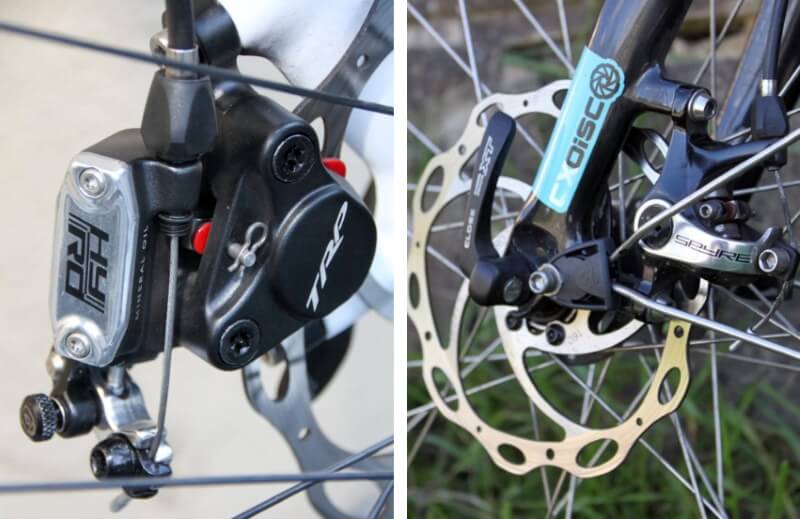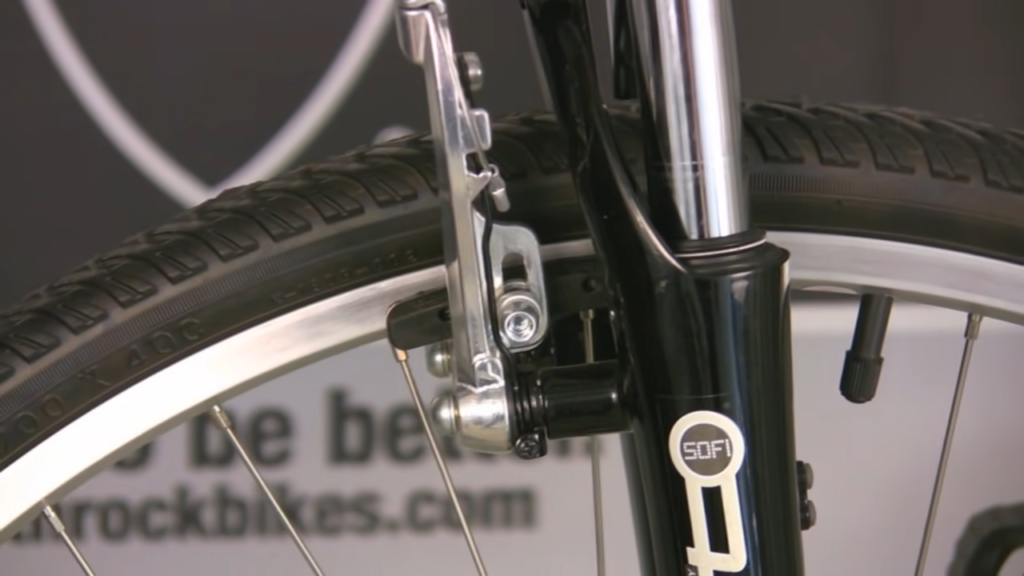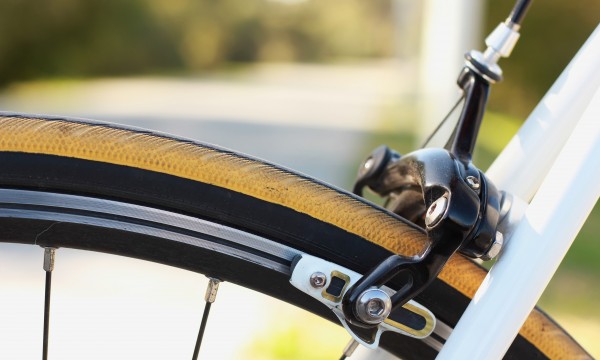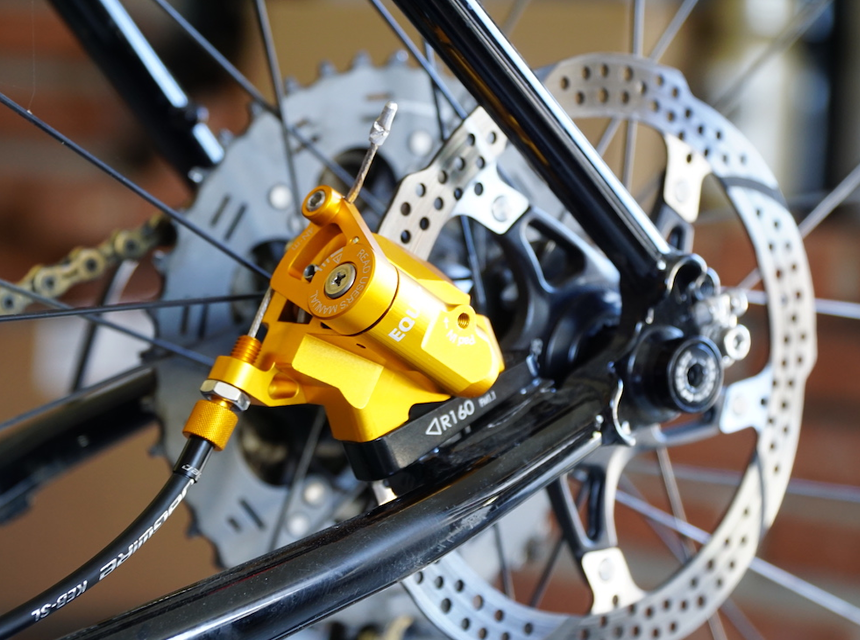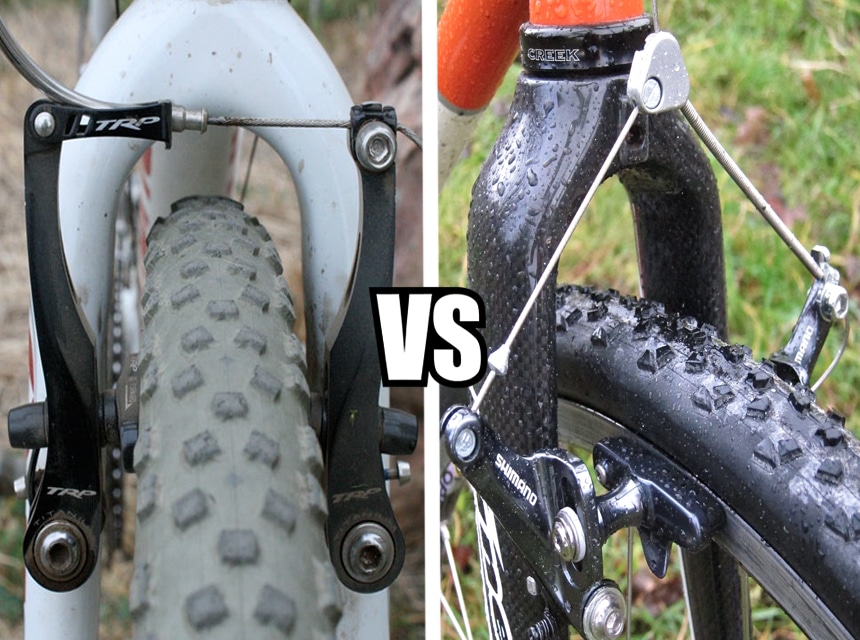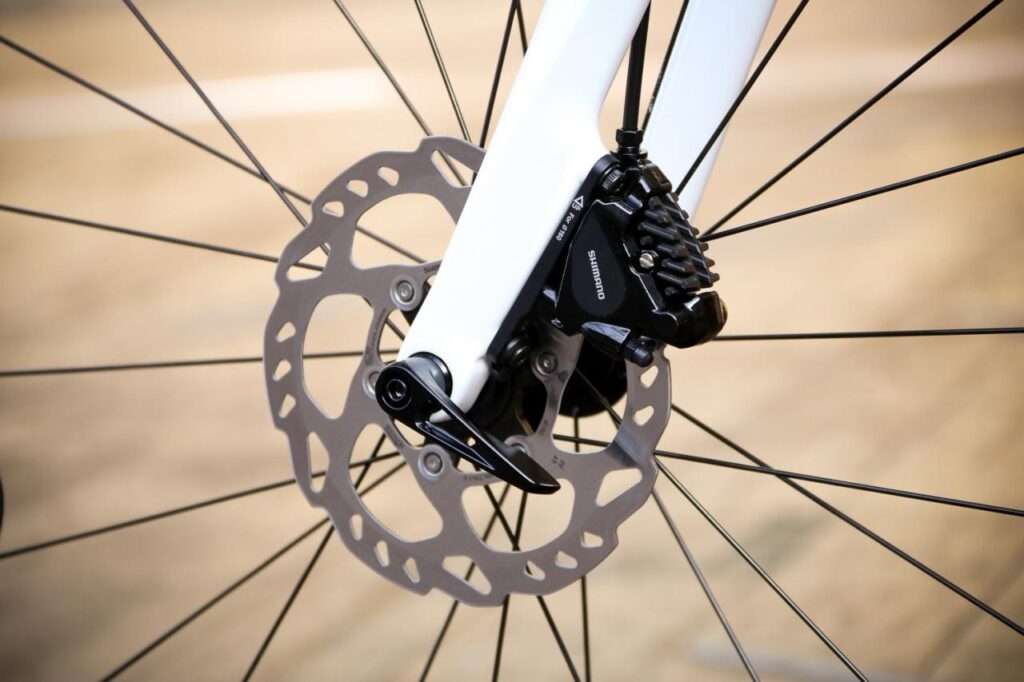- Trails
-
Bikes
-
Gear
-
Tips & Tricks
-
About us


When it comes to brake maintenance, bleeding the brakes is essential to make sure that they work like they’re supposed to do. Even with regular maintenance, it’s not uncommon for brake pads to experience wear and tear, mineral oil to deteriorate, and air to get into the brake system.
This guide will cover how to bleed Shimano brakes, as this is one of the most popular suppliers of brakes. If your bike is fitted with Shimano brakes, you can follow this guide to bleed it properly. Keep reading!
Bleeding your brakes is vital. One moment you might be enjoying some of the best bike trails Trusted Source 7 best bike routes in the world | CNN Travel Some cyclists, however, prefer their rides a bit more dramatic. Perhaps even scenic, remote and arduous. edition.cnn.com in the world, and the next, your bike can fail because of air bubbles.
The essential tools you need to bleed Shimano disc brakes include Allen keys, a Phillips head screwdriver, and a 7mm wrench. You will need brake oil or mineral oil, and Shimano makes mineral oil for maintaining its brakes. Using other types of fluid can damage the brake system and the seals in it.
Shimano also provides a bleed kit for purchase, which is the next thing you need to bleed your brakes. The kit consists of the syringe, bleed cup, and oil catch bottle. A Shimano bleed lock is required, too, although it doesn’t come in the kit, so you need to purchase it separately.
There are different types of Shimano brakes depending on which one your bike was made with or if you upgraded your system. We have compiled the entire process into three easy steps. Now, we will be diving into the Shimano brake bleeding instructions.
The first step on how to bleed Shimano XT brakes is to prep your bike. This involves placing your bike on a stand in a spacious area like the garage or driveway and is incredibly straightforward when you use a road bike like the Micargi RD-7.
The bike should be placed so that the bike levers are parallel to the ground, and this can be done with the 4-millimeter Allen key.
Then, tighten the bar clamp on the brake lever while the bike is in this position. Doing this first would prevent the fluid from pouring out of the brake lever while you bleed your bike.
Now, you have to remove the brake pads and keep them safe. Remove the wheel from the brake you want to bleed first, whether the front or rear and put it aside. It would be reinstalled after bleeding. If you’re using the best suspension seat post, you can also remove it in the meantime.
Then, take out the cotter pin and use a 3-millimeter Allen key to pull out the bolt which connects the caliper to the brake pads. This would free up the brake pads for complete removal, and you need to keep them away from the Shimano mineral oil. If they get contaminated by the oil, their stopping power would be adversely affected.
The next step on how to bleed Shimano disc brakes is to install the bleed lock on your brake. When doing this, it’s best to press out the caliper pistons using a tire lever and not a metal screwdriver. The latter can crack the pistons and cause damage.
Take your Shimano lock, install it into the brake caliper, and use the bolt used to keep the brake pads in to secure it. Take your 3-millimeter Allen key and tighten the bleed lock in this position.
This is a two-in-one step because you’re placing the bleed cup and oil catch bottle on the brake lever and caliper, respectively.
You will need a 2.5-millimeter Allen key to remove the cap screw located on the reservoir of the brake lever before attaching the bleed cup. This tiny cap screw and the rubber ring are essential, so keep them safe for later.
Pour the Shimano mineral oil into the bleed cup and attach it to the lever using the screws.
Keep in mind that you shouldn’t cross-thread the bleed cup or install it without the rubber ring. The latter is essential to prevent air from getting into the brake line. As for the threads, they are plastic and prone to sudden damage.
After attaching the bleed cup, move on to the brake caliper to add the oil catch bottle. The rubber oil line should be pushed into the bleed port fitting to prevent oil from spilling out and air from sneaking in. This fitting is located close to the top brake caliper bolt.
Then, you connect the oil catch bottle to the line for oil to drip in while you bleed your Shimano brakes.
This is a critical step on how to bleed Shimano road disc brakes. You will have to open the system at the caliper and lever and remove the plugin from the middle of the bleed cup. This sends the mineral oil into the lever reservoir. Open the caliper’s bleed port an eighth of a turn with the 7mm wrench.
With two sides of the brake system open, the mineral oil would flow from the bleed cup through the system and drop in the catch bottle. You will see the dirty oil first before fresh mineral oil starts to drip out.
Continue to add more oil to the bleed cup to prevent air from sneaking into the system. When there is no more oil in the cup and the catch bottle receives clean oil, push the remaining fluid through the line with the lever. Then pull the lever and hold it closed without creating a vacuum of air.
Close the brake lever, use a 7mm wrench to tighten the bleed port, release the lever blade, and open the port again. Do this a few times.
Remember that you also need to bleed electric bikes with Shimano components.
Now that your Shimano brakes have been bled, you can close the bleed port at the brake caliper with the open-ended wrench. Remove the oil catch bottle, clean any spilled oil, and dispose of the dirty oil.
After cleaning the brake caliper, you can reconnect the brake pads. Ensure it does not come in contact with any oil, even those that might be on your hand. Secure the pads with the Allen key and cotton pins. Also, place the wheel back.
One of the reasons why we learn how to bleed Shimano brakes is to prevent air bubbles. So, before finishing up, you should fill the bleed cup halfway and pump the brake lever. You would see air bubbles come to the top. Then, loosen the brake handlebar clamp with the Allen keys and open the free-stroke screw by two turns to retrieve more air bubbles. Ensure you don’t spill any oil or let the air back in.
Now that your Shimano brakes are entirely free from air bubbles, you will have a firmer lever feel. You can remove the bleed plug from the brake lever after plugging it and getting rid of the mineral fluid. Then, install the cap screw to seal the brake system using the 2.5-millimeter Allen key.
You should repeat the process of bleeding Shimano hydraulic brakes for the second tire, whether front or rear, and use a cleaner or degreaser to clean up the bike and brake parts one more time. Then, you can carry out a thorough maintenance check Trusted Source Top tips to get your bike roadworthy | Cycling | The Guardian It is important to maintain your bike for many reasons but to me the main ones are safety and the fact that if your bike is working correctly you enjoy riding it much more. www.theguardian.com and take your bike for a test ride.
Asides from the process on how to bleed Shimano brakes above, there are a few helpful notes that you should keep in mind.
Keep in mind that we described the general method for bleeding Shimano road brakes. If you have to bleed mountain bike brakes, the process may differ due to disctintions in bike construction.
It depends on how often and what distances you ride. In general, you will see the signs that indicate that your brakes need to be bled (they start to feel squishy, and you have to put too much force to pull the lever). According to many experts, the perfect period to bleed brakes is about every six months, this rule is applied to all types of bikes.
If you want to enjoy riding your bike without sudden brake failures or damages, it’s important to bleed the brakes and carry out other maintenance forms. It would also prolong the life of your bike. Now that you know how to bleed Shimano brakes, you can get started by getting all the necessary tools.
Then, follow the steps included in our guide on properly bleeding Shimano brakes and enjoy the experience of riding on your favorite trails without fear of accidents. It’s essential to bleed your Shimano brakes every six months when carrying out thorough maintenance. You can also do so when you notice signs like squishy levers or push them before they work. Other maintenance processes can be done more often.
